First: Language…
Most the signs in Japan are not in English. And their script is scary-looking. See for yourself, here is the title of this post in Japanese:
私は日本を見るまで私は、私はそれをすべて見たと思った
And the people don’t speak English either, hardly a one. Even at the airport, nobody can barely say a word of English! even the customs guy…
Most places I’ve been in the world I’ve noticed a pervasive element of trying to copy things in the West. But I don’t detect that here in Japan, it seems like they’re doing their own thing, setting their own trends, and have no need for English or Western technology.
Second: Serious Garbage-a-phobia..
I only visited Tokyo, but I was blown away at the cleanliness! I used to pride myself on being a citizen of the cleanest nation, but America now takes a distant second place to Japan (at least downtown Tokyo). Yet personally, I’m still going to stick up for America because I say we have just the right amount of dirty, it proves we’re “real” and not trying to hide anything. What you see is what you get. Going to Tokyo is like visiting someone’s house where everything is so spotless, immaculate, and perfect you think to yourself, “Is this for real! do they live here??”
Where else can you find trash picker-upper people cleaning the sidewalks dressed in slacks and a collared shirt, searching in vain for an odd candy wrapper to delicately remove with a pair of salad tongs??
I kid you not, the first time I saw these guys picking up the non-existent litter, I did a complete double take, stopped walking in mid-step in literal astonishment, my mouth wide open. Just stared and gawked, I couldn’t believe it.
Here are a few pictures I took:
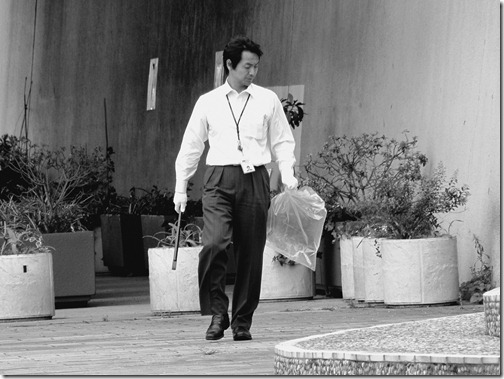
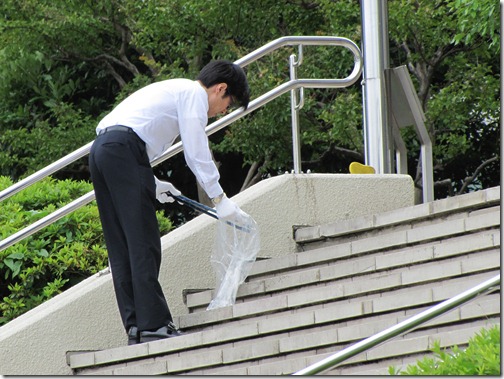
Another thing I don’t get is how people walk around here with a dust mask on (not everyone, but some). It looks silly. And there is no smog here, that I can tell. Of all the cities I’ve visited, in my opinion this is one of the least necessary cities to be wearing a dust mask!
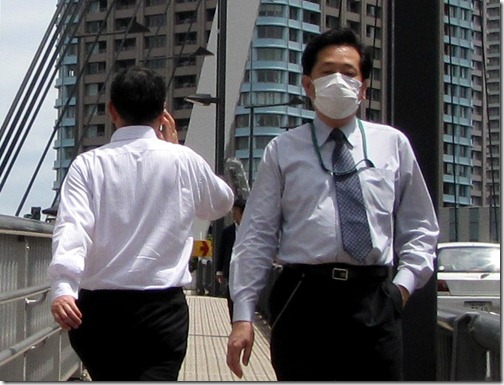
Thirdly: Non-Hazardous Sidewalks and Street Crossings
Imagine my surprise upon seeing (and walking upon) sidewalks like this one:
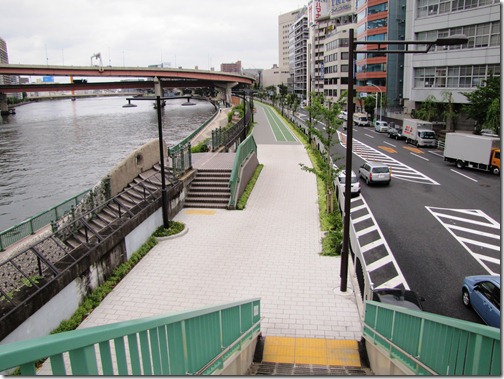
After wandering around in developing countries, I’d gotten used to the hazards associated with walking down the “sidewalk.”
For instance, here is the main thoroughfare in Sentani, Papua, which, by Indonesian standards is a fairly decent sidewalk:
When walking on sidewalks like those above, you have to always be looking down to make sure you don’t fall into sewage or trip on a rock.
Fourthly: Complexity…
I like to think of myself as being capable of navigating the ropes of modern civilization without inordinate confusion. But not in Tokyo. Things here are much more intricate than anything I’ve ever been exposed to.
The subway system, for instance. I’ve taken subways and trains in several major cities without too much trouble (buying the ticket often the hardest part). But in Tokyo, figuring how to get from point A to point B using the subway system requires a guy to be a veritable rocket scientist! Check out this subway routing guide:
Compare to the Cairo subway routing guide below, which was hard enough:
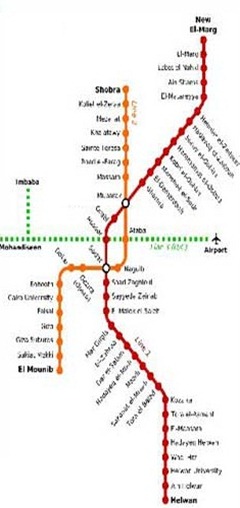
Fifthly: Totally Techy Tokyo Toilets
Things are SO complex here that in order to just figure out how to use the TOILET, you practically have to be a brain surgeon.
I kid you not, look at how many buttons and controls were on this toilet in my low-end hostel:
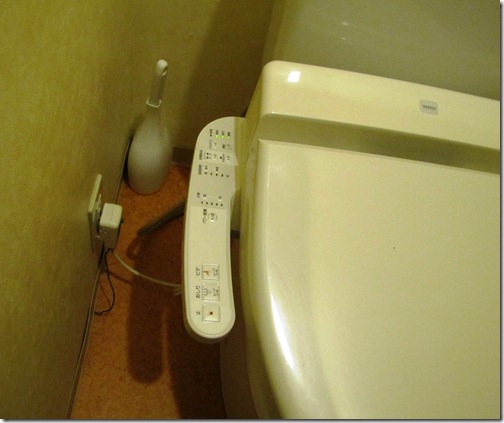
American toilets have one lever. Israeli toilets have two. But the Japanese toilet is a high-end, complex, cutting edge electronics gizmo. With all the training plumbers must need, I bet they get paid well.
Another surprising feature my toilet had was a sink on top (which was awkward to get ones hands under):
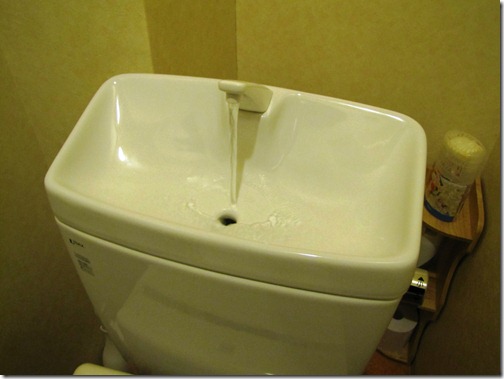
Who’d have thunk about putting a sink on TOP the toilet?
And here I thought the sink I once used in Kenya (below) worked just fine. The on/off handle was a valve teed off a water pipe and the drainage went to a bucket underneath.
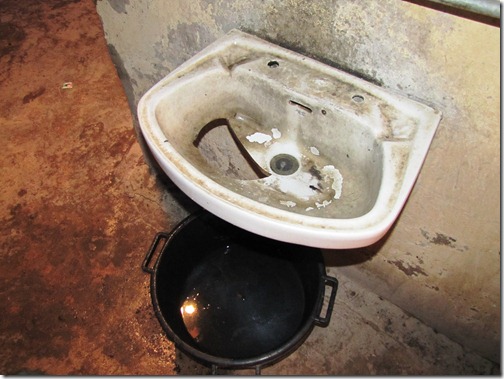
My Japanese toilet was so complex, I had to Google a “how-to” guide just to figure it out. This article was helpful, here are some revealing excerpts:
Most toilets in Japan are electronic appliances with a range of features for comfort and cleanliness. At the high end, these toilets have dozens of functions, configuration options and buttons…
Electronic Japanese toilets range in price and features. The most common features are deodorizers, noise makers (for privacy) and heated seat (often on a timer). [A timer!? they have set times for going??]
[Regarding another feature, the disturbing “bidget”]:
The electronic bidet may have a wide range of controls for water pressure, temperature, pulsing modes, etc. However, to operate it you just need to stop and start it.
My gosh! deodorizes, noise makers, heated seats, bidgets! what direction is the human race going? Where will this all end? The complete sissifying of the human race, that’s where it will end.
From having just come out of the jungle with a stone-age tribe who didn’t even have toilets, much less heated ones, the contrast is mind boggling. (where the jungle folk DO use the bathroom is a mystery, but presumably in the jungle somewhere)
Sixthly: Exorbitant Cost…
In Tokyo I’m having sticker shock. Like massive sticker shock – so bad I reverted to cooking up ramen noodles in the hostel kitchen rather than eat out.
I’m not alone in my opinion, this LA Times article from two days ago reports Tokyo is the most expensive city in the world for expatriates to live (with New York City #33 on the list, if that gives some perspective).
Examples:
- Chocolate Sundaes from McDonalds cost $2 (compared to 40 cents in Indonesia).
- Eating out nearly anywhere sets you back at least $10.
- $8.50 for one issue of a “Time” magazine.
- Lodging: I stayed at one of the cheapest hostels in Tokyo, sharing a room with 8 bunks, and it cost $35/night, the most expensive of any hostel I’ve ever stayed at. In comparison, Israeli hostels were usually $15-20/night, Egypt $4-$10/night, and even Honolulu, where I’m staying next, is only $23/night.
Other Observations
1) Guess I’m experiencing a little culture shock. Which is to say I’m noticing cultural differences. Isn’t that what culture shock is? Becoming aware of little cultural differences that before were such common place occurrences they escaped notice?
2) It doesn’t seem like there is much to do in Tokyo. I’m kinda bored. Good thing I’m only staying a couple days. There are lots of museums, but none of them sound interesting. The one closest to my hostel is “The Bag and Luggage Museum,” which nearly puts me to sleep just thinking about.
The only touristy place that sounded really cool was the Hama Rikyu Botanical Gardens located downtown. I like gardens so went, and with high hopes of spectacularity, I might add.
Unfortunately, it was a misnomer. Something was lost in translation: it was merely a park, not a garden. A nice enough park, but precious few flowers, just trees and manicured lawn. Comparable to Riverside in Wichita.
One cool thing the park did have was a genuine mountain. Yep, Mt. Shinhinokuchi is located WITHIN the park. Behold! Mount Shinhinokuchi:
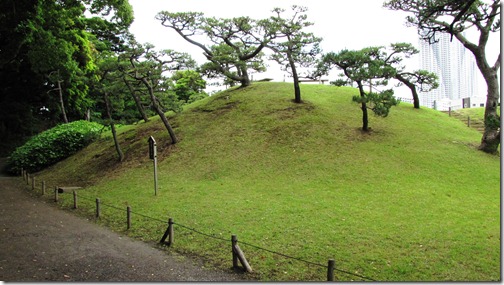
Perhaps something else was lost in translation on the signage? Looked to me more like a grassy knoll than a mountain.
3) For one meal, I wanted to eat authentic Japanese food. Who wouldn’t? To this end I asked a local worker at my hostel what she would recommend? Her answer was a resounding, “Takoyaki!” That is, fried octopus tentacles. So, I tried them. Even ate all eight of my tentacles. They tasted better than I was expecting, but were chewier than I liked.
4) Surprising to me is how reserved and “keep-to-themselves” the Japanese people seem, at least in public. For instance, on the subway nobody hardly ever says a word to each other or even appears to acknowledge each others presence.
On the flip side, this also means nobody is “hawking wares” or bothering me. To wit, they taciturnly ignore me. To the point of ridiculousness, I might add.
During my travels I’ve kinda trained myself to pretend I know where I’m going even if I don’t, because in many places showing the slightest hesitation is the equivalent of blood for piranhas: resulting in being pounced upon by some opportunistic entrepreneur offering to help (for a trifling fee).
Here in Tokyo, I’ve pulled out my map in public and studied it and people walked on by, not giving me any notice. So then I decided to play it up and see what would happen. I tried looking really confused (not hard) and walked around in circles on the sidewalk, squinting over at street signs and staring hard at my map in complete befuddlement. All to no avail, Japanese locals kept walking by as if I were the invisible man, giving me no more attention than a passing breeze. Incredible, I couldn’t get any reaction.
6) On the flip side, when I’ve actually bought something, the politeness is a little over the top. Purchased a bottle of water at a gas station the other day and the diminutive checkout man began jabbering away at me in what appeared to be a rapture of delight while putting his hands together in front of himself and repeatedly bowing in respect. I felt honored.
The End
ps I’m finishing this post up here in Hawaii, where I am now. So the content is a little dated, but better late than never…
Next: Nick’s Aloha Report from Honolulu (Summer Edition)
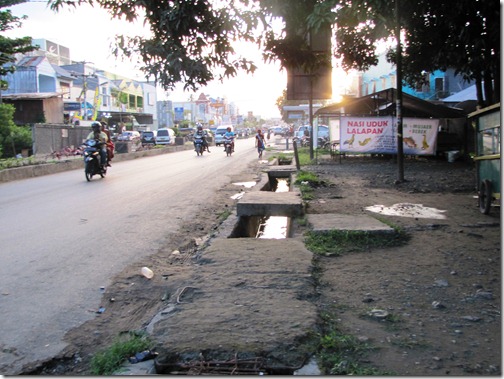
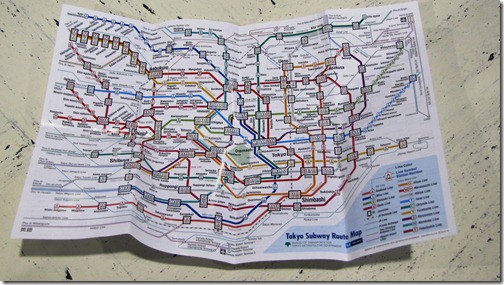
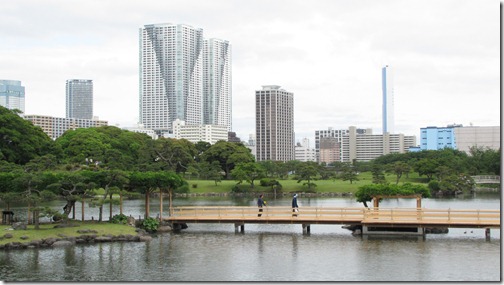
Oh, Nick, LOVE your insights! Laughed all through this one and Paul is next to me and was amazed by the Japanese toilets as well. I have a series of books primarily set in Japan and the attitude of ignoring people is commented on there. (I wish I could have seen you going in circles trying to get attention. LOL)
See you soon!
Hint (which you may already know): Don’t hold the Parrot. If offered the opportunity to hold a beautiful Parrot, don’t do it!! They’ll offer to take your picture (with your own camera, usually) and then want $$ for their “service” (and for the use of their bird).
Unless, of course, you WANT to pay to hold & have you picture taken with a Parrot. 😉
What a fun, fact-filled post!! 😀
~”Mount Shinhinokuchi”: If that’s a “Mountain”, then Kansas can no longer be called the “Plains”. Shoot, there’s even a couple in my parent’s back yard (30 acre plot).
~”Fried Octopus tentacles”… :s
~”‘The Bag and Luggage Museum’, which nearly puts me to sleep just thinking about.”: Ha ha ha ha ha!! That made me laugh-out-loud!! And yes, it does sound incredibly dull. :/
~The Toilets: **shaking head in disbelief** “wow…. just, wow.”
~Subway map: yeah… that reminds me of the 16 hr layover I had in London. I went “sight seeing”, via the Tram, to whatever was a straight-shot (no changes) down the line. In the end, I did make ONE train change, but that was ALL. I was scared out-of-my-mind I would get lost and miss my next flight.
What!! I was young: 4 months out of HS, only my second time traveling alone, and my first time going out of the country; it took me 3 hrs to get up the nerve to leave the airport.
No doubt you’re familiar with what people call the stages of culture shock, described here and here. I guess you have culture shock on multiple levels – one is engagement with “non-American” culture, the other is engagement with specifically Japanese culture. Obviously, you are much more aware of the subtleties of, say, PNG culture, but your previous travels meant you were well advanced in the interaction with Japanese culture when you arrived. But perhaps it’s still the first stage of culture shock – noticing the differences.
Great blogging, anwyay.
They wear the dust masks when they have colds, to keep from spreading the germs.